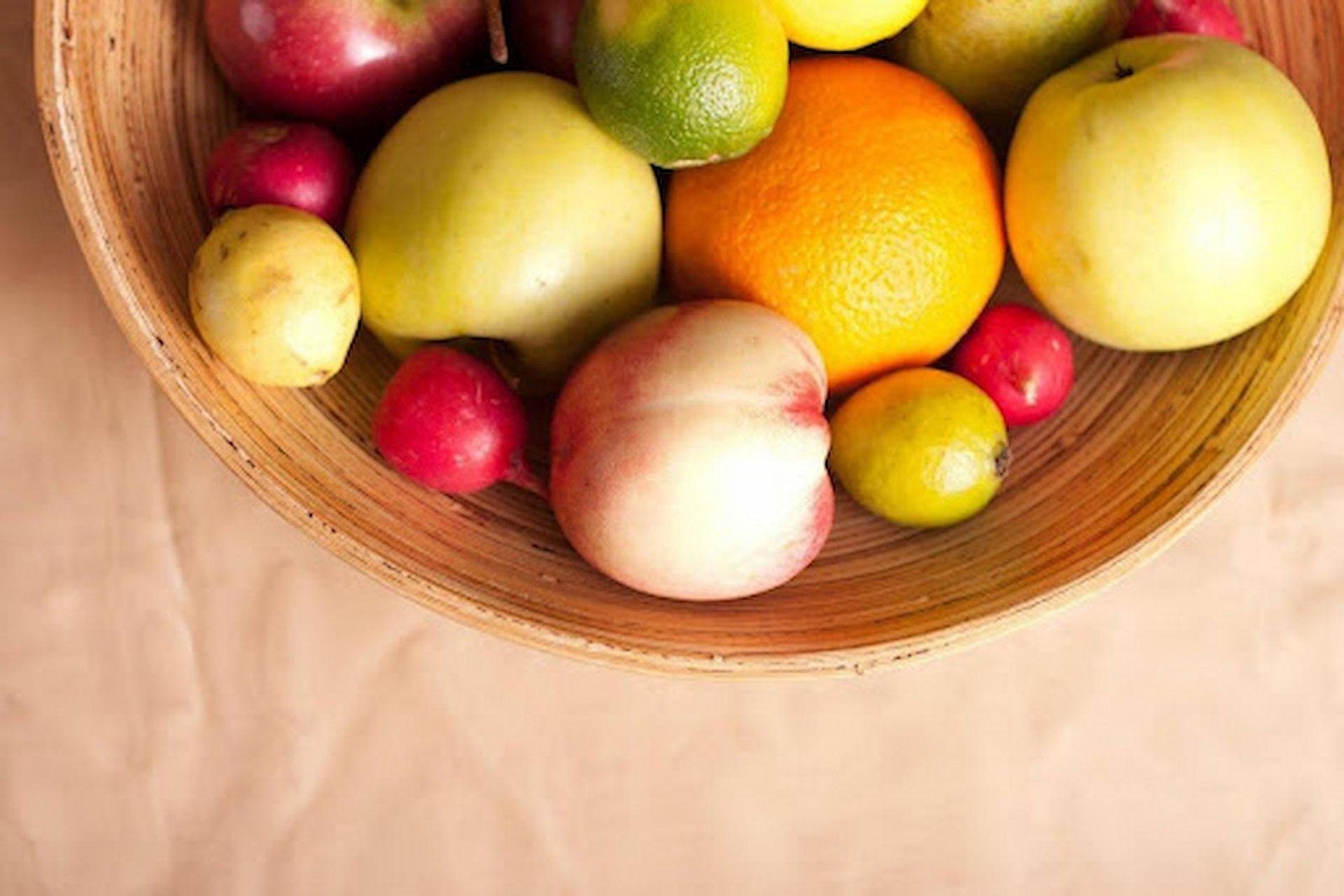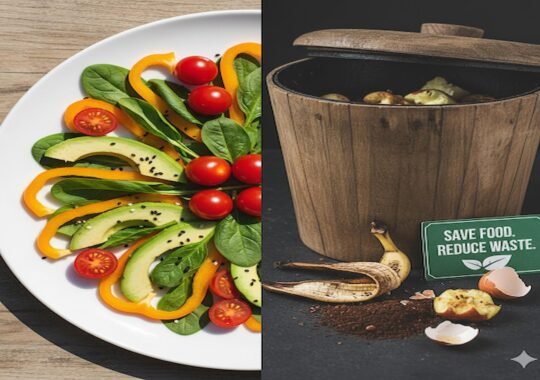As the Lenten season approaches, many individuals begin to reflect on their dietary choices. They consider how they can incorporate meaningful meals during this period of reflection and spiritual growth.
Lenten season meals are not just about restrictions. They can be a celebration of nourishment and flavor. With a rich tradition favoring plant-based ingredients, Lent encourages creativity in the kitchen while aligning with healthy eating habits.
Understanding the Importance of Lenten Season Meals
The Lenten season is a time of fasting, reflection, and transformation for many Christians worldwide. Traditionally, it lasts for 40 days and begins on Ash Wednesday. It leads up to Easter Sunday.
During this period, participating individuals often eliminate certain foods. Typically, those derived from animal sources, creating an opportunity to explore wholesome and fulfilling alternatives.
Not only does this serve a spiritual purpose, but it also allows for a reset in one’s eating habits. Many Lenten season meals focus on vegetables, legumes, and other plant-based ingredients that are nourishing and satisfying.
Such meals align with healthier eating patterns. This promotes overall well-being.
Nutritious Ingredients to Include in Lenten Season Meals
When crafting your Lenten season meals, it’s crucial to incorporate a variety of nutritious ingredients that not only meet dietary requirements but also ensure flavor.
When cooking healthy meals, there are some key ingredients you should include. Legumes like lentils, beans, and chickpeas are great because they’re full of protein and fiber. It makes dishes filling and nutritious.
Whole grains such as quinoa, brown rice, or farro add texture and important nutrients. Seasonal vegetables bring fresh flavor and extra vitamins to your meals.
Adding healthy fats like olive oil and avocados gives richness and more health benefits. Finally, herbs and spices can make your food taste amazing without needing too much salt or fat.
Creative Lenten Season Meal Ideas
Planning meals for the Lenten season can be both fun and healthy. A hearty lentil soup with carrots, celery, and spinach makes a great starter or main dish full of nutrients.
A colorful vegetable stir-fry with tofu served over brown rice or quinoa is another tasty option. You could also try a grilled vegetable salad with chickpeas and tahini dressing, which is high in protein and fiber.
For something classic, spaghetti with fresh tomato and basil sauce is light but satisfying. Another idea is a buddha bowl made with quinoa, roasted sweet potatoes, leafy greens, and hummus for a balanced and filling meal.
Best Practices When Preparing Lenten Season Meals
When making tasty Lenten meals, it helps to follow some simple tips to keep them flavorful and healthy. Planning your meals ahead of time makes sure you have variety and don’t get bored with the same food. Batch cooking on weekends is also a smart idea, since you can prepare meals in advance and just reheat them during the week.
Don’t be afraid to try new spices and herbs, too. A little creativity can make your dishes much more exciting and delicious.
Lenten Season Meals Around the World
Different cultures bring unique flavors and ingredients to Lenten season meals. For example, traditional Italian dishes often include chickpea soup or pasta primavera, while Eastern European countries may favor vegetable borscht or kapuśniak (cabbage soup). Exploring these global variations can enrich your meals significantly.
South American Influence
In South America, many participate in the tradition by preparing hearty vegetable stews or ceviche made with plant-based ingredients. This provides a refreshing take on the seasonal diet.
These dishes often highlight local produce. It makes them both nutritious and culturally significant.
How to Make Lenten Season Meals More Flavorful
Flavor is very important to make Lenten meals tasty and enjoyable. Using fresh ingredients makes a big difference because fruits and vegetables taste best when they are ripe. You can also marinate tofu or vegetables with simple mixes like olive oil, garlic, and lemon juice to give them more flavor.
Another fun idea is to make your own spice blends. This can add a special and unique taste to your meals.
Gathering Around the Table
Sharing meals is a significant part of the Lenten season. It’s an opportunity to bond with family and friends over delicious food while honoring the tradition of togetherness.
Meal preparation can be a communal activity. It brings everyone together in the kitchen. Whether through developing spiritual conversations or enjoying flavorful dishes, the essence of Lent can truly be captured in these moments.
Tips for Maintaining Energy and Nutrition
During the Lenten season, it’s important to keep your body strong and full of energy, especially on days when you might be fasting. To do this, make sure your meals have a good balance of protein, healthy fats, and carbohydrates. Drinking plenty of water is also very important to stay hydrated.
If you need a boost between meals, choose healthy snacks like nuts, seeds, or dried fruits to keep your energy steady.
Common Misconceptions About Lenten Season Meals
Many people may feel restricted during Lent, believing they can only consume bland or uninspired meals. This is far from true!
Lenten season meals can be as diverse and flavorful as any other meal plan. The key is to embrace creativity and looking for alternatives that replace meat while still providing satisfaction. If you’ve ever wondered what can you eat or not eat during lent, take comfort in the wealth of options available.
Coping With Cravings
During Lent, cravings for favorite comfort foods might come in waves. Understanding how to cope with these cravings is essential.
Instead of succumbing to the urge for heavy, fatty meals, look for healthier alternatives that can satisfy your palate without breaking your fast. For example, if you’re craving a cheeseburger, consider a veggie burger loaded with toppings or a hearty salad with similar flavors.
Final Thoughts on Lenten Season Meals
The Lenten season offers a unique opportunity to reevaluate your dietary practices while embracing nutritious and flavorful options. From hearty soups to fresh salads, you’re no longer limited to dull meals.
Exploring various cuisines allows you to expand your palate and discover new favorites. This makes every meal a delightful experience.
As you prepare for this spiritual journey, consider adopting a mindful approach to food, savoring every bite and honoring the moment of each meal. Embrace this time to engage deeply with what truly nourishes your body and spirit through diverse Lenten season meals.
For more health and nutrition tips, check out our blog posts.





